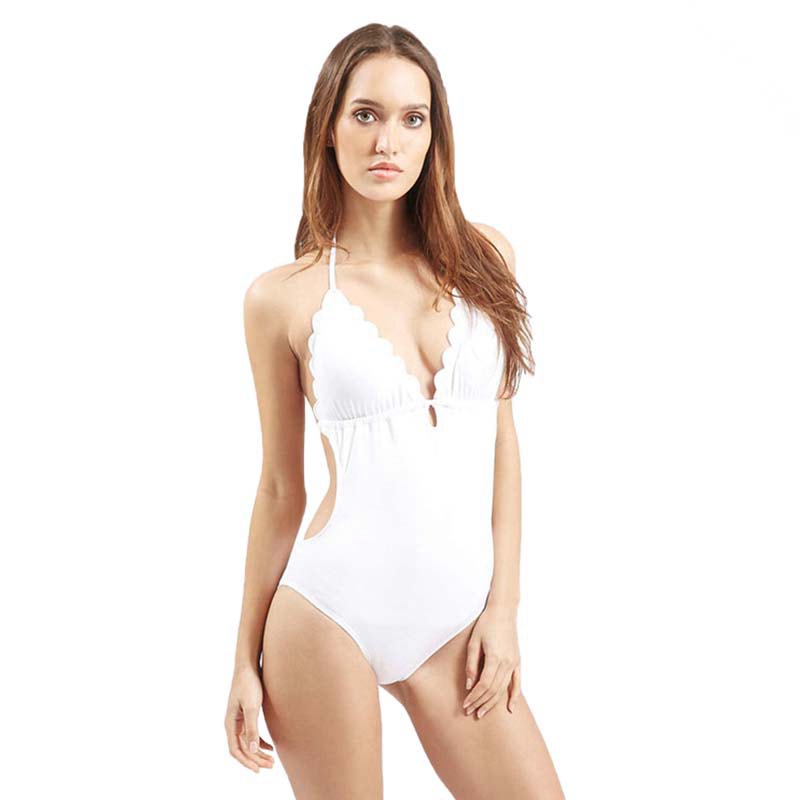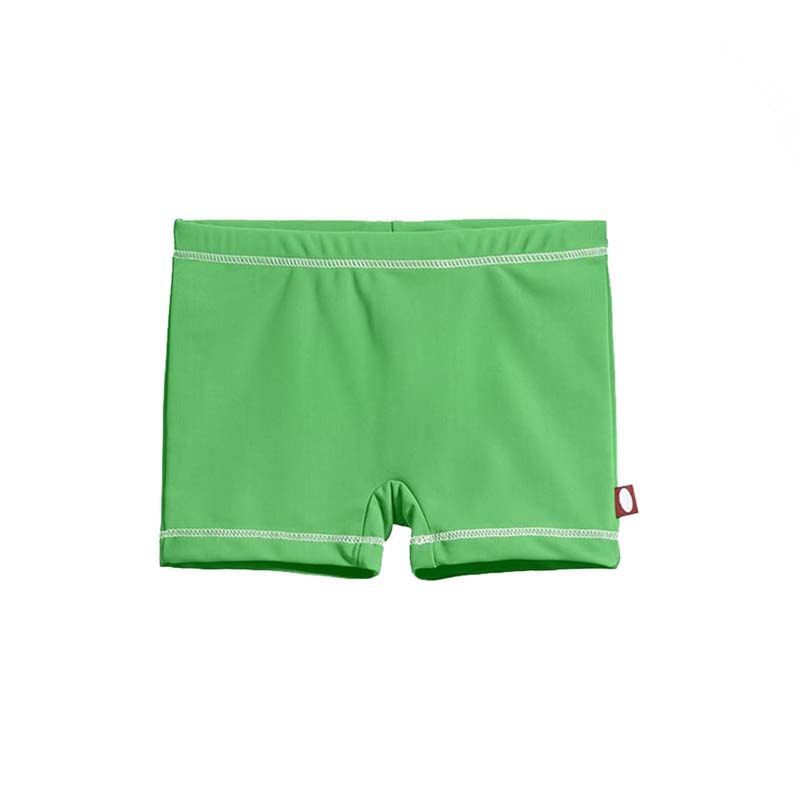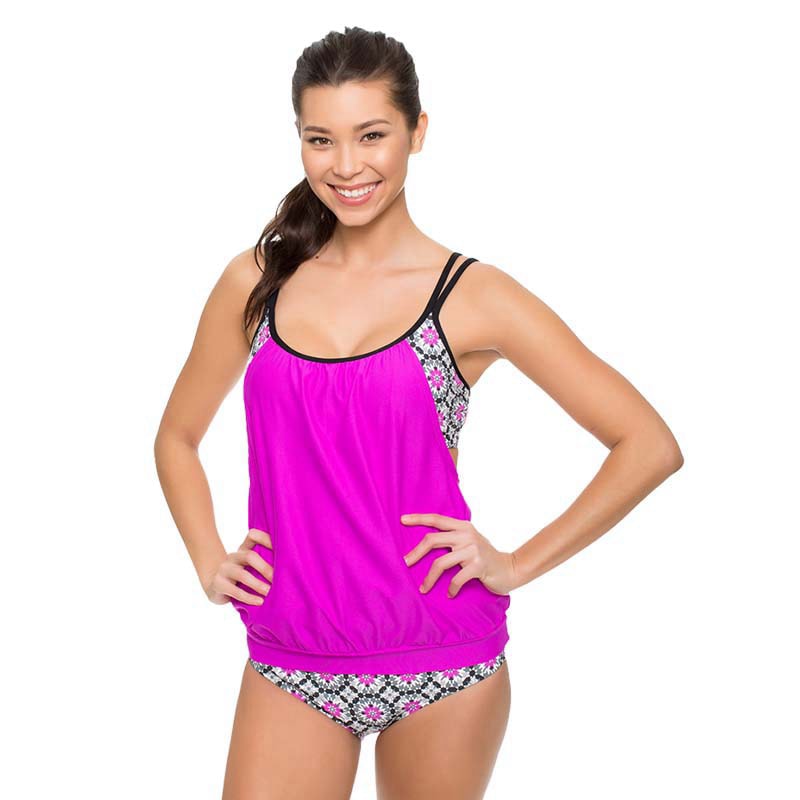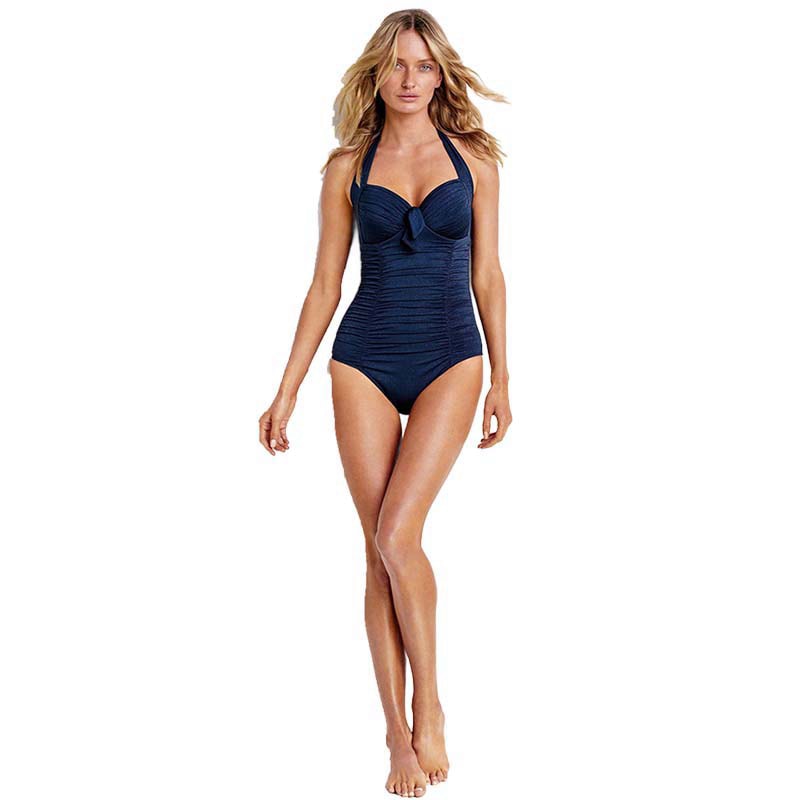Hey there, swimwear enthusiast! Have you ever imagined designing and creating your own swimwear? The thought of
slipping into a swimsuit that you’ve made yourself is thrilling, Og stol på mig, it’s entirely possible. In this
guide, I’ll walk you through each step, from getting the right materials to nailing the perfect stitch. By the
end, you’ll have a custom-fit piece ready to make a splash!
Beginner’s Guide to Creating Your Own Swimwear
Starting off can seem overwhelming, but take a deep breath. We’ll break it down into manageable steps, making it
fun and rewarding. According to the Swimwear Market Report by Allied Market Research, the swimwear market is
expected to hit $29.1 billion by 2026. So, crafting your own swimwear isn¡¯t just a hobby; it¡¯s an entry into a booming industry.
Tips for Sewing Swimsuits
- Use Stretch Needles: These needles are designed to sew stretchy fabrics without skipping stitches.
- Practice Makes Perfect: Before diving into your final fabric, practice your stitches on scraps.
- Pin Strategically: Use pins sparingly to avoid damaging the fabric. Pins can create tiny holes in elastane or spandex, weakening the fabric over time.
Materials You Need to Create Your Own Swimwear & Why
- Swimwear Fabric: Typically a blend of nylon (80%) and spandex (20%) for stretch and durability. Quality fabric can cost between $15-$30 per yard.
- Elastic: Essential for keeping the swimsuit snug, especially around the openings. Recommended width is 3/8″ to 1/2″.
- Lining Fabric: For added support and coverage inside the swimsuit. Look for a lightweight, åndbart materiale.
Where to Buy Your Swimwear Supplies?
You can find swimwear supplies at most fabric stores, or online at specialty shops like Spandex World and Mood Fabrics. I personally love browsing these sites for their extensive range of colors and prints. For instance, Mood Fabrics offers over 500 options for swimwear materials, making it an ideal spot for getting exactly what you need.
Things You¡¯ll Need
- Swimwear fabric
- Elastic
- Lining
- Scissors
- Pattern paper
- Stretch needles
- Thread (polyester or nylon)
Step 1 – Creating a Pattern
Creating a pattern is crucial for a well-fitting swimsuit. Use pattern paper to sketch the design you have in mind. You can also find pre-made patterns for beginners to make things easier. Paper patterns provide precision, which is vital as swimwear needs to fit snugly.
Step 2 – Creating a Swimsuit Toile
A ‘toile’ is essentially a prototype. Make a basic version of your swimsuit using inexpensive fabric to perfect the fit before cutting into your final material. It’s an invaluable step to avoid wasting costly fabric and ensures the final product fits perfectly.
Step 3 – Sewing in the Rubber Elastic Tape
Sew the elastic into all the openings, such as leg openings, armholes, and the neckline. This will help the suit maintain its shape when wet. The elasticity should be between 85-90% for optimal stretch and recovery.
Step 4 – Jumping on the Machine to Whip It Up!
Now comes the exciting part¡ªassembling everything on your sewing machine. Start by sewing smaller components and gradually move to larger panels. Keep in mind that swimwear fabric tends to slip, so take it slow and steady.
Tips and Tricks for Assembling the Suit Panels
- Baste First: Basting the panels together before using the final stitch can save a lot of headaches. Temporary stitches let you adjust the fit as needed.
- Match Seams Carefully: Align seams properly to ensure a professional look. Use clips instead of pins for a more secure hold.
How to Apply Elastic
- Measure elastic slightly smaller than the fabric opening for a snug fit.
- Stretch the elastic slightly as you sew it on to ensure it gathers the fabric correctly. This method ensures the elastic performs well and lasts.
How to Finish the Edges
- Zigzag Stitch: A zigzag stitch provides the flexibility needed for swimwear. This stitch mimics the stretch of the fabric, allowing it to maintain a neat, durable edge.
- Coverstitch: For a more professional finish, a coverstitch is ideal but optional. This stitch is commonly found on commercially produced swimwear and provides additional durability and a polished look.
Cutting Out Your Fabric – My Top Tips
- Use Sharp Scissors: To ensure clean cuts, avoiding jagged edges that can fray.
- Pattern Weights: Use them to keep patterns flat while cutting. Unlike pins, weights won’t distort the stretch fabric, ensuring precise cutting.
Expert Q&A
If you have questions or run into trouble, don’t hesitate to reach out to the online sewing community. Sites like PatternReview.com and the subreddit r/sewingswap are fantastic resources. Engaging with a community can provide answers to specific queries and new techniques to try.
Five Great Things About Sewing Your Own Swimwear
1. You Don¡¯t Need an Overlocker (Serger)
Yes, you read that right! You can create beautiful swimwear with just a standard sewing machine. With the right stitches, even a basic machine can handle stretch fabric efficiently.
2. You Need Very Little Fabric
Most swimsuits require less than a yard of fabric, making it a cost-effective project. This means you can select premium materials without breaking the bank.
3. Small Pieces = More Space
Swimwear doesn’t take up much room. You can even work on a small table in your living room. Plus, small pieces are easier to manage, reducing the likelihood of mistakes.
4. No Need to Press
Unlike other sewing projects, swimwear fabric typically doesn’t wrinkle, saving you ironing time. This keeps the process efficient and focused on sewing rather than prep work.
5. Make It How You Like It
Customization is key. Add your favorite colors, cutouts, or embellishments to make it uniquely yours. Personalizing swimwear allows for endless creativity and ensures a perfect fit every time.
Tools to Make Your Life Easier:
- Pattern weights
- Rotary cutter
- Seam ripper
- Fabric clips
How to Master the Twin Needle
- Practice on scrap fabric first to get the tension right. This will help you avoid mistakes on your final garment.
- Use two spools of thread for even stitching. The twin needle creates parallel stitches that provide both strength and flexibility.
Dream Bikinis and Swimsuits Here We Come!
With the right tools, materials, and a bit of patience, your dream swimwear is just a few steps away. Imagine
hitting the beach in a piece that’s not only stylish but crafted by your own hands. Let’s take the plunge
together!
FAQ
What do I need to make my own swimsuit?
You’ll need swimwear fabric, elastic, lining, a sewing machine, stretch needles, and thread. These essentials will set you up for crafting durable and comfortable swimwear.
What material is used to make swimwear?
Swimwear is usually made from a blend of nylon and spandex for durability and stretch. This combination provides the perfect mix of flexibility and support.
Are swimsuits hard to make?
With the right tools and some practice, making swimwear can be straightforward and fun. It may seem challenging at first, but following a step-by-step guide makes it manageable.
What kind of thread do you use for swimwear?
Polyester or nylon thread is best for sewing swimwear due to its strength and elasticity. These threads can withstand chlorine, salt, and the natural wear of swimwear usage.














